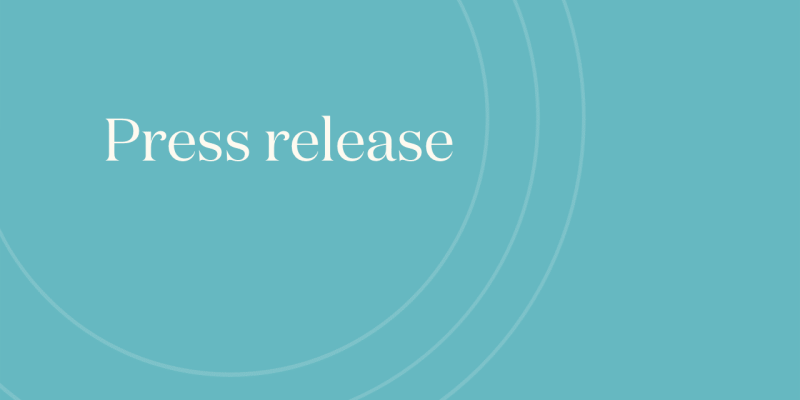Press release: EPiC Youth Mental Health launched

EPiC Youth Mental Health launched – psychotropic medicine use increasing in young people
The number of youth receiving medicine for emotional and mental health in Aotearoa New Zealand has increased relative to previous years says Pharmac-funded medicine analysts and clinical educators He Ako Hiringa. Perhaps even more concerning, is the widening of the gap in prescribing to rangatahi Māori and young Pacific peoples compared to their peers of European/Other ethnicity.1
EPiC is a free data analytics tool developed by He Ako Hiringa to identify and improve known problems of prescribing practice and medicines access equity in Aotearoa. The latest EPiC dashboard has just been released; focusing on youth mental health, it characterises our youth population (12 to 25-year-olds) and investigates their psychotropic medicine use.
EPiC users can look at medicines dispensed to enrolled youth patients nationally, as well as by practice and by prescriber.
The EPiC Youth mental health dashboard can be viewed at epic.akohiringa.co.nz/youth-mental-health
The youth cohort described in the dashboard is 850,275 people aged between 12 and 25 years who are enrolled with a Primary Healthcare Organisation (PHO), accounting for ~93% of the total youth population.
National data available on the new EPiC dashboard show that to 31 March 2023:
- 101,800 youth, nearly 1 in 8 (~12%), had at least one psychotropic medicine* dispensed in the last 12 months.
- The use of antidepressants is lower among Māori and Pacific youth compared with European/Other youth. Other research suggests that this does not appear to be offset by increased use of psychological therapies.2 This is despite the latest youth survey suggesting increasing mental health concerns among Māori and Pacific youth.1
- Between 2019 and 2022, commonly used antidepressants in youth increased from:
- 7% to 10% in those aged 18 to 25
- 1% to 4% in those aged 14 to 17
- 4% to 6% among Māori youth
- 6% to 10% among European/Other youth.
- One third (32.7%) of youth currently taking a medicine from the selective serotonin reuptake inhibitor (SSRI) class of antidepressants have been taking these for 24 months or more. Frequent review during treatment for worsening symptoms or adverse effects is recommended.3
- Melatonin, for sleep, was the most used individual psychotropic medicine in 12 to 13-year-olds.
Further information
*Medicines included in EPiC Youth mental health are:
- Antidepressants: citalopram, escitalopram, fluoxetine, paroxetine, sertraline, mirtazapine, venlafaxine for all youth, with the additional of tranylcypromine sulphate, moclobemide, amitriptyline, clomipramine, dosulepin, imipramine, nortriptyline for youth aged 18 to 25 years.
- Sedative/hypnotics/anxiolytics: buspirone, clonazepam, diazepam, lorazepam, temazepam, triazolam, zopiclone, melatonin.
- Other psychotropic medicines: flupenthixol, haloperidol, olanzapine, paliperidone, risperidone, zuclopenthixol, amisulpride, aripiprazole, chlorpromazine, clozapine, levomepromazine, lithium, periciazine, quetiapine, ziprasidone, atomoxetine, dexamfetamine, methylphenidate, modafinil.
Speak to the developer/analyst
EPiC developer and University of Otago academic Dr Alesha Smith is available to assist communications staff and journalists with interpreting these data. Her contacts are: alesha.smith@matui.co.nz or phone 021 222 9711.
References
- Fleming T, Tiatia-Seath J, Peiris-John R et al. Youth19 Rangatahi Smart Survey Initial Findings Hauora Hinengaro /Emotional and Mental Health. The Youth19 Research Group, The University of Auckland and Victoria University of Wellington, New Zealand.
- Cunningham R, Kvalsvig A, Peterson D et al. Stocktake Report for the Mental Health and Addiction Inquiry. (2018). https://mentalhealth.inquiry.govt.nz/assets/Summary-reports/Otago-stocktake.pdf
- Taylor DM, Barnes TRE and Young AH. The Maudsley Prescribing Guidelines in Psychiatry. (Wiley, 2021). doi:10.1002/9781119870203